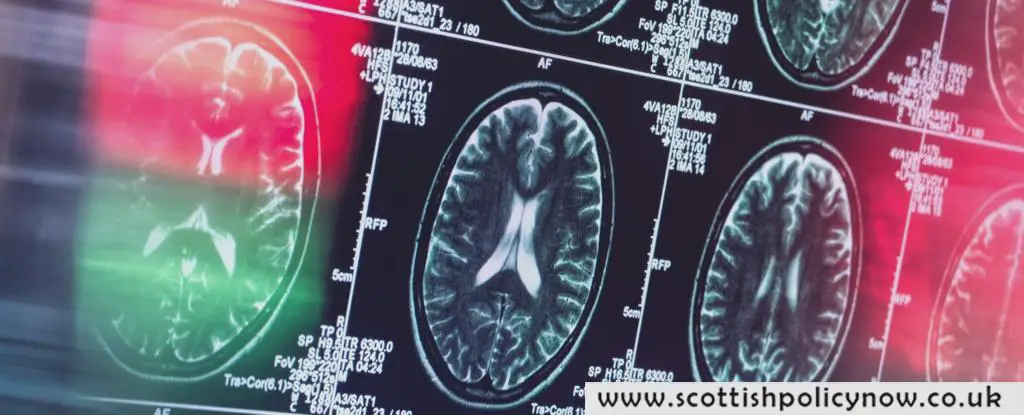Researchers have pinpointed dysfunctions in two specific brain systems in individuals experiencing psychosis—systems crucial for filtering significant internal and external information and for predicting rewards.
A new study conducted by a team from Stanford University sheds light on how symptoms of psychosis manifest, potentially paving the way for more effective treatments and interventions for psychosis and related mental health issues.
Psychosis is characterized by a detachment from reality, manifesting as hallucinations and delusions. It can appear independently but is often linked with conditions like schizophrenia and bipolar disorder, which remain incompletely understood.

“This work offers a robust model for grasping the development and progression of schizophrenia, a notably complex issue,” states cognitive neuroscientist Kaustubh Supekar from Stanford University.
Supekar and his team analyzed brain scans from 445 individuals with conditions including autism, ADHD, early psychosis, and 22q11.2 deletion syndrome (a genetic disorder that heightens the risk of psychosis and schizophrenia), alongside 411 healthy controls.
Employing a machine learning algorithm, the researchers discerned functional discrepancies between the groups, particularly in the anterior insula (part of the salience network that directs attention) and the ventral striatum with its dopamine-driven pathways (which govern reward-seeking behavior).
While previous suspicions had pointed to the involvement of the salience network, this study not only supports that notion but also suggests that studying individuals with 22q11.2 deletion syndrome may offer valuable insights into the symptoms and risks associated with psychosis.
Significant differences in these brain areas, related to information filtering and reward anticipation, were observed in both individuals with 22q11.2 deletion syndrome and those with psychosis of unknown origins, the study found.
“This parallel strengthens our comprehension of psychosis as a disorder with identifiable and consistent brain signatures,” remarks Vinod Menon, another cognitive neuroscientist at Stanford University.
“This disruption hampers normal cognitive control processes, allowing intrusive thoughts to prevail, leading to what we recognize as psychosis symptoms,” he explains.
The next step could involve developing treatments based on these findings. One challenge in treating psychosis has been the difficulty in observing the effects of various treatments on the brain. However, these discoveries allow for more targeted approaches.
Current treatments for psychosis, like transcranial magnetic stimulation and focused ultrasound, might be adapted to focus on these specific brain areas in young individuals at risk of developing psychosis, suggest the researchers.
The team is also dedicated to diminishing the stigma and enhancing support for those with psychosis. Experiencing a disconnection from reality can be frightening, and the boundary between normal and abnormal neurological functions is not as definitive as it might seem.
“Our findings highlight the critical need to approach individuals with psychosis with empathy,” Menon adds.
The findings from this research have been published in Molecular Psychiatry.








